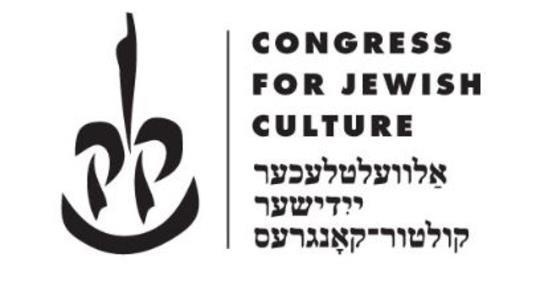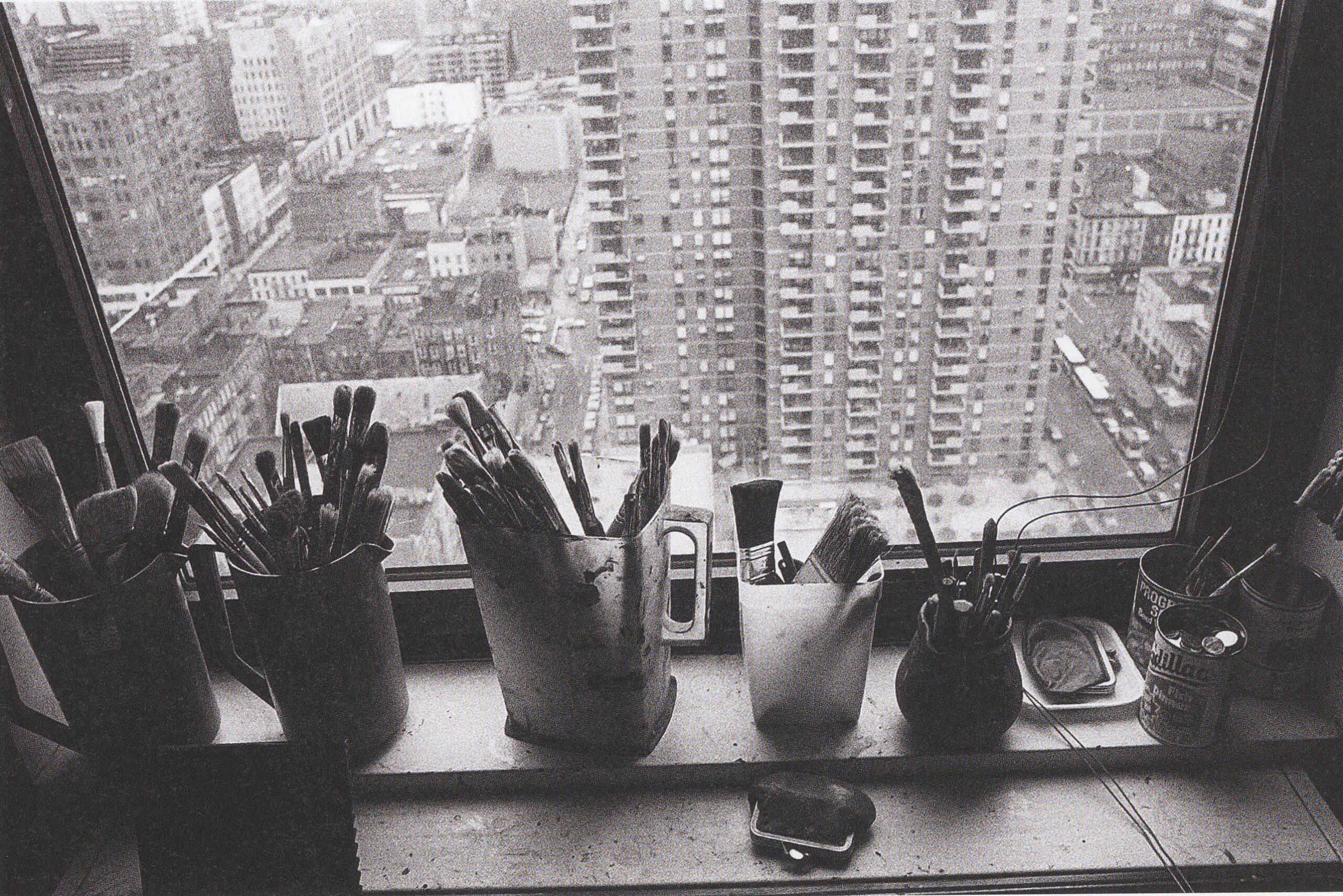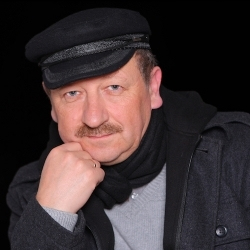Yonia Fain’s Map of Refugee Modernism
Wed, Feb 5, 2020
6:30 PM–8:00 PM
The James Gallery

Join writers Boris Sandler and Gitl Schaechter-Viswanath, scholar Sheva Zucker, and artist Yevgeniy Fiks for a gallery tour, a bilingual Yiddish-English poetry reading, and film screening in honor of the legacy of the 20th century modernist painter and Yiddish poet Yonia Fain (1913-2013). This event is free and open to the public, but pleaseRSVP here as seating is limited.
Film screening YONIA FAIN: WITH PEN AND PAINTBRUSH by Josh Waletzky, produced by the League for Yiddish.
Born in Ukraine in 1913, Yonia Fain as a young child fled to Vilnius (then Poland) with his family where he received his education and began producing art and Yiddish poetry. At the time of the Nazi invasion of Poland, Yonia was living in Warsaw and escaped making it to Vladivostok, Soviet Union. Then, obtaining falsified documents and transit visas signed by Japanese diplomat Chiune Sugihara, Fain escaped through Siberia to Japan and spent the remainder of World War II in Shanghai, China, where he continued to make paintings and write Yiddish poetry.
As the war ended, Fain move to Mexico where his art was championed by Diego Rivera, who curated exhibitions of Fain’s work and writing catalog essays as well. During those years 1947-1953, Yonia was commissioned to do a number of major murals such as the 1949 wall mural and ceiling dome painting for the Memorial Chapel, Panteon Israelita, Cementerio Ashkenazi, in Mexico City. He also represented Mexico in the 1952 Carnegie International Exhibition of Contemporary Painting in Pittsburgh. In 1953, Fain moved to New York and had numerous exhibitions there. He continued to be a prolific poet of Yiddish poetry , serving as the President of the Yiddish Pen Society, winning many awards, and authoring five books including Nyu-Yorker adresn: Dertseylungen in 1995, and Der Finfter Sman: lider (The Fifth Season Poems) in 2007.
While Fain’s pre-WW2 works didn’t survive, his post-war works and poetry are deeply connected to modernist concerns and the themes of brutality, survival and hope and personifying a connection between modern art and Yiddish literature.
ARTICLES ABOUT THE EVENT:

Participants
Related Events
Conversation
Artist Talks on Memories and Imaginaries of Refugee Modernism

Event
Excursion through H(elle)’s Kitchen: Performance and Poetry Walk with Orbita Group





